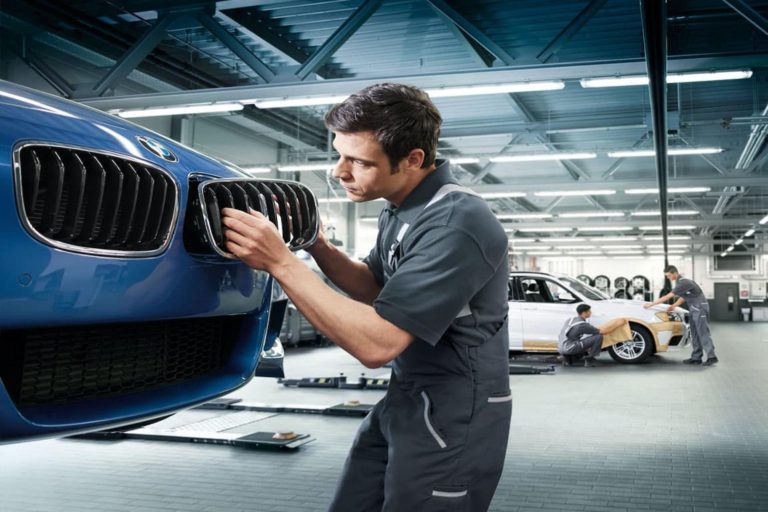Title: 4 Features To Increase Car Safety
Article: State and federal governments are becoming more aggressive in passing legislation in order to boost the safety of vehicles. Sometimes, the measures are focused on protecting drivers and passengers (for example, the use of airbags). Other times, they’re meant to protect pedestrians. Automakers, keen to stay one step ahead of the legislation, have been increasingly proactive in integrating a number of safety features within their fleets. Below, I’ll introduce you to 4 of those features.
1 – Backup Cameras
For years, as SUVs and other large vehicles gained popularity, blind spots increased. As a result, the number of injuries and deaths that were caused by unintentional backovers rose dramatically. Today, backup cameras are often installed to provide drivers with a clear view of the rear blind spot. Some camera systems identify the presence of objects behind the vehicle and alert the driver. Others provide real-time video through a monitor on the dash.
2 – Advanced Airbags
When airbags were first developed, they followed a “one size fits all†protocol. They were deployed in the same manner, regardless of the person’s size, weight, or proximity to the deployment surface. Airbag systems are far more advanced today. A number of highly-tuned sensors can identify a passenger’s (or driver’s) size, weight, and position. What’s more, they can even deploy with varying impact based upon the vehicle’s speed and circumstances.
3 – Driver Alertness Warnings
People lead busier lives than ever. They’re also more distracted with cell phones, texting devices, food, and children demanding their attention. These dynamics often lead to unintentional drifting or poor decisions regarding lane changes. A lot of vehicles are now coming equipped with technology that alerts the driver in such circumstances. For example, changing lanes when another vehicle already occupies the space can initiate buzzing or other warning signals that alert the driver.
4 – Tire Monitors
Tires that don’t have enough pressure can suffer a reduction in their responsiveness to the driver’s commands. They can also suffer excess wear and tear, leading to blowouts and other dangerous situations. As of 2008, the National Highway Traffic Safety Administration (NHTSA) has mandated that all new cars must be equipped with tire monitors. If the pressure becomes too low, the system will automatically notify the driver.
Improving Car Safety
The trend toward implementing new features in the pursuit of better driver (and passenger) safety isn’t likely to subside in the near future. In fact, as technology improves and the cost of developing new safety measures declines, new models will probably be furnished with more advanced solutions. In the end, they promise to compensate for the limitations of motorists’ decision-making ability for the protection of everyone on the road.

